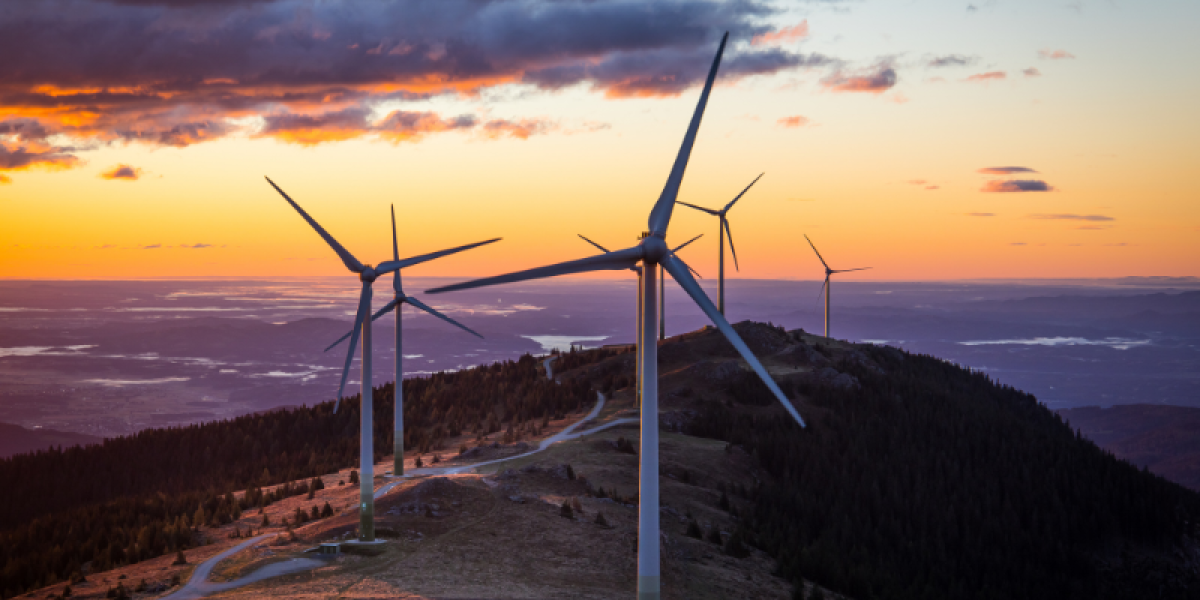100 GW of wind projects stalled in Italy and the UK: strategies to unlock grid capacity
Strategies to accelerate grid connection of pending wind projects, unlocking over 500 GW

Access to the power grid is currently the main obstacle for large-scale deployment of renewable energy. Across Europe, hundreds of gigawatts of wind projects are waiting for grid connection permits. Long queues for grid connections have led to administrative overload and significant delays in the much-needed expansion of wind energy. A new WindEurope report analyzes the challenges of grid access in Europe and proposes practical and immediate actions to free up grid capacity for new wind farms.
The EU aims to increase its wind capacity from the current 220 GW to 425 GW by 2030 and 1,300 GW by 2050. Wind energy is crucial for energy security, affordable electricity, and industrial competitiveness.
In the recent revision of the Renewable Energy Directive, the EU agreed on significant reforms to accelerate the expansion of wind energy by improving and simplifying the permitting procedures for new wind farms. These reforms are already having a positive impact in the (few) member states that have implemented the new rules on time.
The new main obstacle to the expansion of wind energy and other renewables is now the grid. Currently, more than 500 GW of potential wind capacity in France, Germany, Italy, Spain, Poland, Romania, Ireland, Croatia, and the UK are waiting for an assessment of their grid connection applications. Italy and the UK each have more than 100 GW of projects on hold.
The EU recognizes the importance of grid expansion for the development of renewables and the electrification of the energy system. The new EU Network Action Plan identifies key measures needed to accelerate the expansion and optimization of European power grids.
Grid saturation: europe needs more grid capacity
The new WindEurope report analyzes the factors causing delays in grid connections and shows which countries are particularly affected. It finds that grid saturation and inefficient planning are the main reasons, but not the only ones. National grid expansion targets often do not align with the 2030 renewable expansion goals set out in the member states' National Energy and Climate Plans (NECPs).
To accelerate the expansion of power grids, countries should apply the principle of overriding public interest (OPI) for permitting network infrastructure, whether for directly connecting renewables or for general grid reinforcement.
"OPI for new wind farms is a success story. Germany and other countries using OPI have significantly increased their permitting volumes and have done so very quickly. But electricity is useless if there’s no grid to transport it. National governments can apply OPI to grids – what are they waiting for?" says Giles Dickson, CEO of WindEurope.
Immediate actions to unlock grid access queues
Currently, most grid permitting authorities in European countries apply the "first come, first served" principle to grant grid access. This means that even immature and sometimes purely speculative renewable projects must be assessed when their request arrives, creating excessive queues and backlogs. This slows down more mature and promising projects and increases the administrative burden on permitting authorities.
As a result, it can take up to 9 years to obtain a grid connection permit for new or renovated wind farms.
Grid permitting authorities need to abandon the "first come, first served/treat everyone equally" principle. They should apply filtering and prioritization criteria to better manage grid connection requests. The goal must be to reduce the number of projects in the queue, eliminate immature and speculative bids, and ensure a balanced distribution of grid capacity to all strategic technologies for achieving net-zero. "First come, first served" can lead to an unreflective distribution of grid capacity and an unbalanced mix of technologies and/or geographies. This can significantly intensify grid congestion and renewable curtailment, increasing costs.
Many countries are already using filtering criteria. These include stricter entry criteria for the waiting lists for grid connection assessment, adequate financial commitments to reserve allocated grid capacity, and regular checks that projects are progressing towards key milestones. France, Norway, Spain, and the UK have begun implementing this "milestone achievement" principle to manage their waiting lists more dynamically and eliminate slow or stalled projects.
Prioritization criteria: Spain, Ireland, and Greece are experimenting with this approach. System integration would be a good prioritization criterion. For example, after eliminating immature projects, priority could be given to projects that combine different generation and/or storage technologies, or projects with advanced grid support capabilities. This would allow for more efficient use of grid connections and incentivize developers to leverage the complementary nature of different energy sources, such as a combination of wind and solar, to maximize the use of available grid capacity.
The new WindEurope report "Grid Access Challenges for Wind Farms in Europe" contains a series of other recommendations on grid connection costs, grid expansion costs, renewable curtailment, and hybridization.



